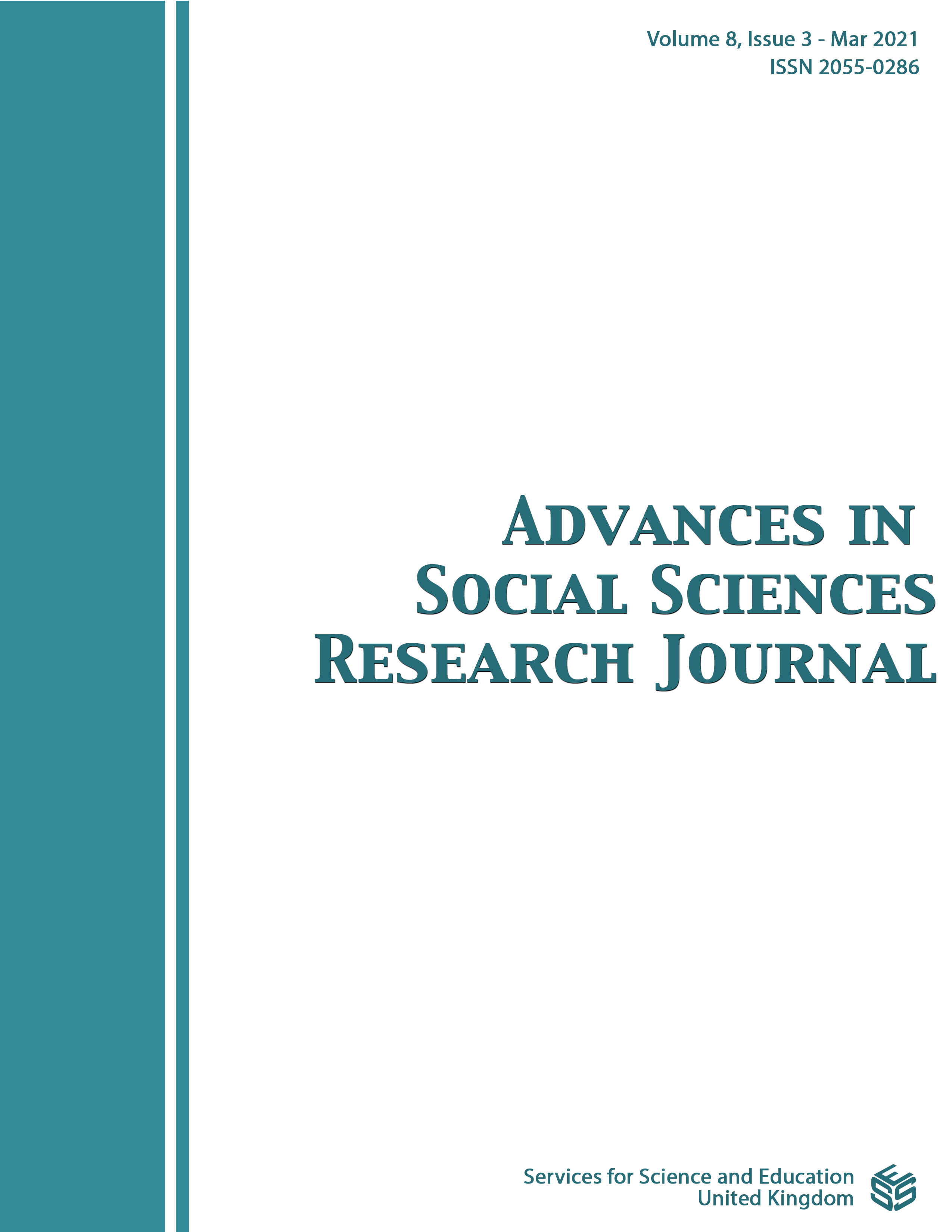Effectiveness of Constructivistic-Based Blended Learning Model Through Computer Numerical Control Courses
DOI:
https://doi.org/10.14738/assrj.83.9804Keywords:
Effectiveness, Learning Models, Blended Learning, CNC CourseAbstract
This study examines the minimal number of credits and practical infrastructure in the CNC (Computer Numerical Control) course in the Department of Mechanical Engineering, Universitas Negeri Medan (UNIMED) which is a separate obstacle for students in improving competence of CNC course. An alternative and a solution in the form of constructivist-based blended learning model used in learning CNC course. The lack of literature studies on the use of constructivist-based blended learning models used in learning CNC course, so research is still needed on this problem. The purpose of this study was to determine the effectiveness of the constructivist-based blended learning model used in the learning process of the CNC machining course. The data collection process was carried out by using learning outcome tests. This type of research is a quasi-experimental study with a total sample of 56 students of the Mechanical Engineering Education Study Program of UNIMED on the engineering expertise competency of CNC course. The results of the data analysis raised 2 (two) themes that were discussed, namely: (1) constructivist-based blended learning model had an effect on learning outcomes of CNC Course in the Department of Mechanical Engineering Education, Unimed; and (2) constructivist-based blended learning model. The study of the two themes led to the conclusion that the two themes were effectively used in improving student learning outcomes in the CNC course at the Department of Mechanical Engineering Education, Unimed.
References
[2] Universitas Negeri Medan. (2015). RENSTRA UNIMED. https://www.unimed.ac.id/wp-content/uploads/2020/10/RENSTRA_UNIMED_REV_2015-2019_edit-2019_5SASARAN.pdf
[3] Munir, (20010) Kurikulum Berbasis Teknologi Informasi dan Komunikasi, Bandung: Alfabeta.
[4] Darmono, (2007) Perpustakaan Sekolah: Pendekatan Aspek Manajemen dan Tata Kerja, Jakarta: Grasind
[5] Agus Suprijono. (2011) Cooperative Learning: Teori dan Aplikasi PAIKEM. Yogyakarta: Pustaka Belajar.
[6] Yatim Riyanto, (2009) Paradigma Baru Pembelajaran, Jakarta: kencana.
[7] Kolb, D, A. (1984) Experiential Learning Experience as The Source of Learning and Development. New Jersey: Prentice Hall.
[8] Grant, Ramsay 2001. Teaching and Learning with Information and Communication Technologi: succes through a whole school approach.National educational computing conference, Chicago. July 25-27.
[9] Carmen, J. A. 2005. Blended Learning Design: Five Key Ingredients. (Online). http://www.agilantlearning.com/pdt/Blended-Learning-Design.pdt/).
[10] Pradnyana. 2013. “Pengaruh Pembelajaran Berbasis Masalah Terhadap Motivasi Belajar dan Prestasi Belajar Matematika Siswa Kelas IV SD”. Jurnal Pendidikan Dasar, Vol 3
[11] Haughey, M. & Anderson, T. 1998. Networked learning. The pedagogy of the Internet. Montreal: McGraw-Hill (http://www.cesc.ca/pceradocs/ 1999/99Haughey_e.pdf)
[12] Russefendi, E. T. 2001. Statistik Dasar untuk Penelitian Pendidikan. Bandung: IKIP.
Downloads
Published
How to Cite
Issue
Section
License
Authors wishing to include figures, tables, or text passages that have already been published elsewhere are required to obtain permission from the copyright owner(s) for both the print and online format and to include evidence that such permission has been granted when submitting their papers. Any material received without such evidence will be assumed to originate from the authors.






